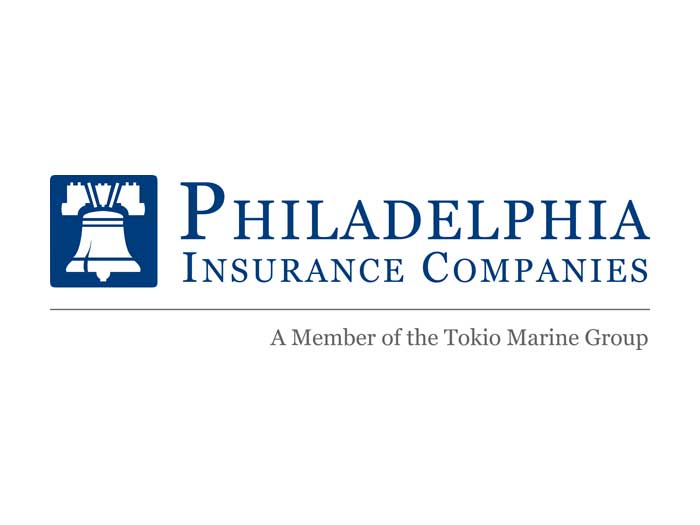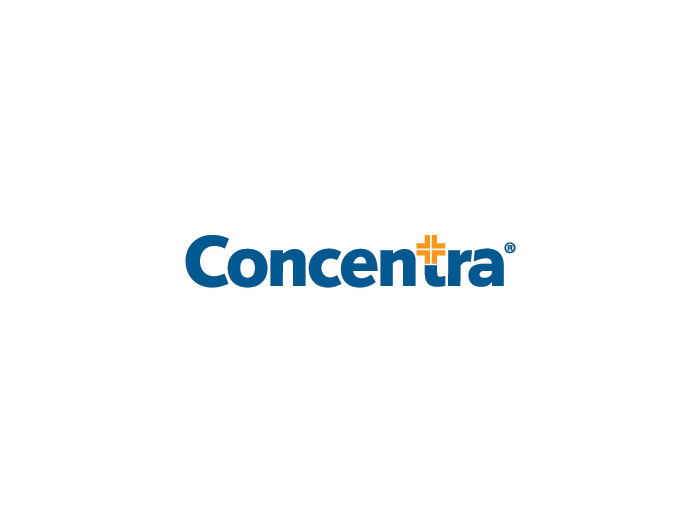At RISKWORLD 2023: Why Keeping Your Workplace Safer Isn’t Expensive; It’s Priceless

Ranging from harassment, threats and verbal intimidation to physical violence, assault, and even active shooter incidents, violent acts in the workplace are an increasing risk that can happen daily, in every state and industry. And while acts of extreme violence are the ones that make the news, up to 82% of reported acts of workplace violence do not involve the use of a weapon.
Various sessions at RISKWORLD 2023 addressed this timely topic from different perspectives.
Approaching it from a predict-and-prevent angle, Isaac Monson, CPP, AVP and senior risk consultant at HUB International, spoke about the topic in his session, “Keeping Your Workplace Safe from Violence & Active Shooters Isn’t Expensive, It’s Priceless.”
Monson divided his comments into three parts, starting with violence trends in the workplace, then switching gears to focusing on developing a violence prevention program and assessing and managing threats. With much of the attention focused on how to survive active shooter incidents, this seminar illustrated the criticality of predicting and preventing workplace violence.
“There’s a lot of focus on how to react when violent incidents happen. But your energy should be on prevention instead of responding after someone has been hurt,” Monson explained. “The more energy you can put into that left-of-loss conversation, the less likely you will be at the right of loss after a violent incident has occurred.”
Here’s more of what Monson had to say.
Left-of-Loss Philosophy Centers on Proactive Response
The left-of-loss philosophy describes the steps that happen before an incident. Imagine a timeline where the workplace violence incident sits in the middle. To the right of the incident — after it has occurred — lies the reactive steps of managing and responding to it.
But the opportunities to change the outcome lie to the left of loss, before issues explode in violence.
Monson recommended some steps employers can take before workplace tensions escalate to violence. Employers can develop policies and procedures that create an environment where early warning signs of a person escalating toward violence can be noticed and acted on. Having a proactive prevention- and intervention-focused program is a best practice.
“There is a lot of methodology around active shooter incidents. The way you manage that risk is best when it’s comprehensive. There’s the risk transfer component with risk transfer solutions, but even with good insurance solutions, no one wants gun violence in their workplace,” Monson said.
But there is no regulatory requirement for a violence prevention plan — at least not yet. This means employers must add these types of proactive plans to their policies and procedures voluntarily. It also creates the opportunity for risk managers and insurers to work together to create risk mitigation plans to reduce exposures.
Monson listed some ways employers can start to build a proactive predict-and-prevent-focused violence prevention program:
- Identify early warning signs. Employers should draft policies and procedures to identify and manage employees who exhibit indicators they may become violent.
- Mitigate hazards before they become incidents. Proactively manage risks before a violent incident happens.
- Perform readiness exercises. Have a plan and practice with the response team so everyone knows what to do in an emergency.
- Have a tangible workplace violence plan. Employers need to have a plan in place before a violent incident happens.
Build a Workplace Violence Prevention Plan by Assessing and Managing Threats
Developing a workplace violence prevention plan can be broken down into four parts.
Employers can start by building senior leadership-level awareness and support for the plan. Once there is a shared commitment to the program, the next step is performing a company-wide risk assessment. Consider industry hazards, geography, local crime issues, and known risks.
“Children in school are seeing the outcome of this approach of behavioral threat assessment to manage problematic students, parents and even community members. That approach has not yet found its way into the common risk management approach of businesses and other organizations, but it is starting to,” said Monson.
“It’s also showing up in application questions from insurance carriers around active shooter policies or workplace violence policies where they ask about policies and procedures around threats of violence — if you have a response team, if there is a response plan in place, and so on.”
After a thorough risk and threat assessment is completed, the employer can start to develop a violence prevention plan.
Monson pointed out that providing training to employees is a simple and effective tool, but workplace violence incidents are complex and have layers to unpack. That’s why having a prevention plan in place before incidents escalate is critical.
As Monson explained, “In the absence of a plan, people just start improvising.”
Managing Threats and Responding to Incidents
Workplace violence exists on a spectrum. The most extreme events, like active shooter incidents, are the ones that make the news.
But the reality is there are plenty of other types of workplace violence along the spectrum that cause disruptions for businesses and people.
Verbal threats, harassment, intimidation, bullying, pushing, shoving and fistfights happen more frequently than gun violence — and can cause long-term disruption, police response, security escalation, stress to employees, absenteeism and employee turnover.
Monson said, “While we are worried about the worst-case scenario, what we see more of are threats of violence that could cause significant disruption to your business.”
These higher-frequency events, like threats of violence after termination, can be challenging for employers to manage since they need to decide each time if the threat will escalate or dissipate.
One recommendation for managing these threats of violence is to build a Threat Assessment Team, often abbreviated as TAT. A TAT is a cross-functional team that is equipped and ready to assess threats of violence. TATs manage known hazards using tools to make decision-making easy and repeatable. Employers can access free tools, like a workplace threat assessment and response guide, for help with how to respond.
For threats deemed low risk, the TAT may decide to manage the risk through ongoing monitoring to watch for changes or escalations. When the threat is a high-level risk, the team may need to manage it indefinitely or until it de-escalates.
Creating a workplace violence prevention plan should be a priority for employers. Monson concluded his presentation with sage advice for the audience: “The best way is to have your plan in place before you need it.” &










